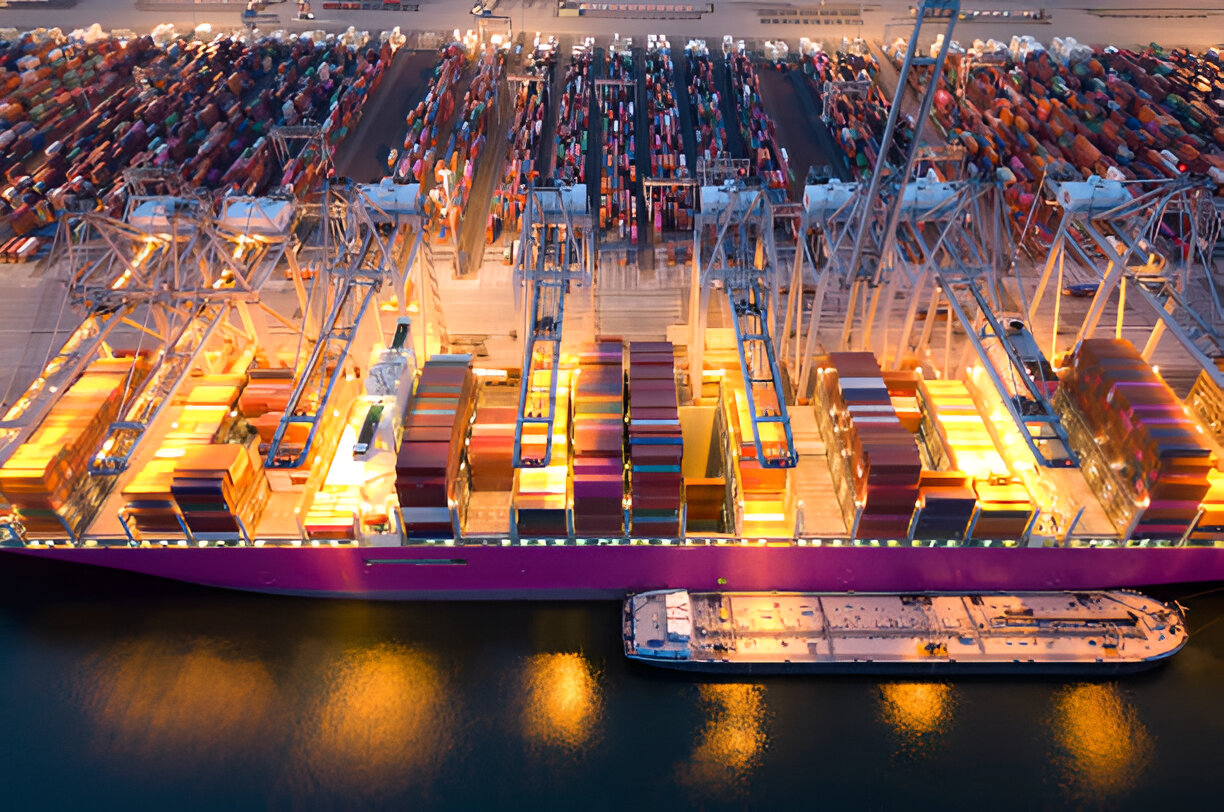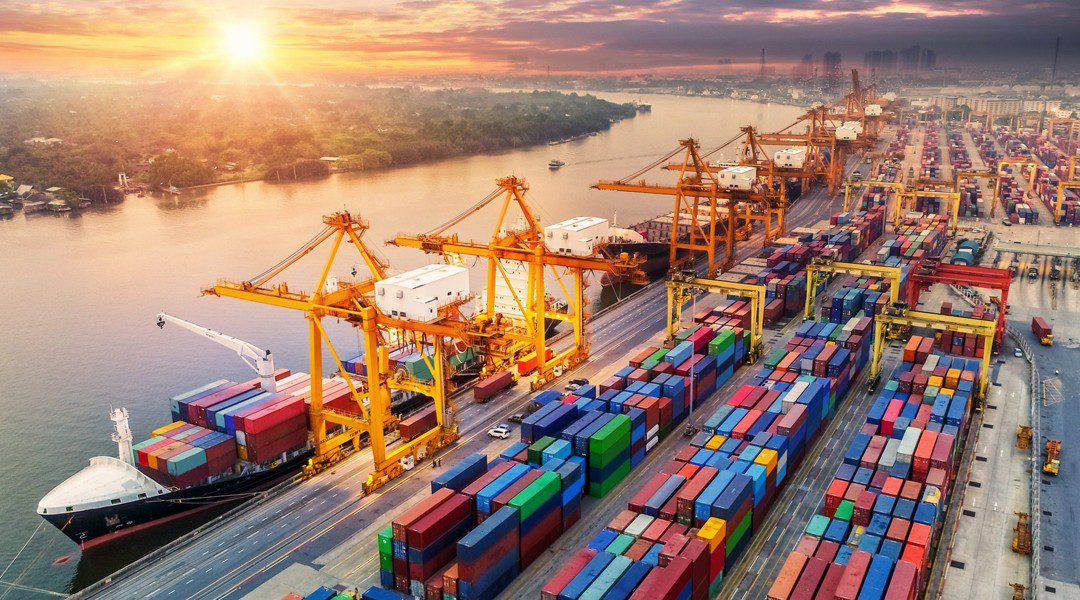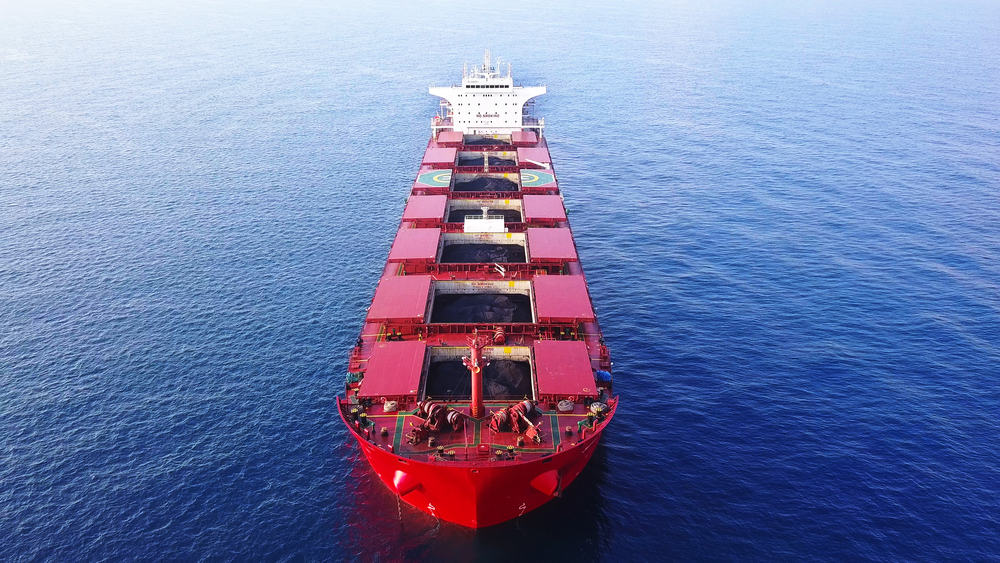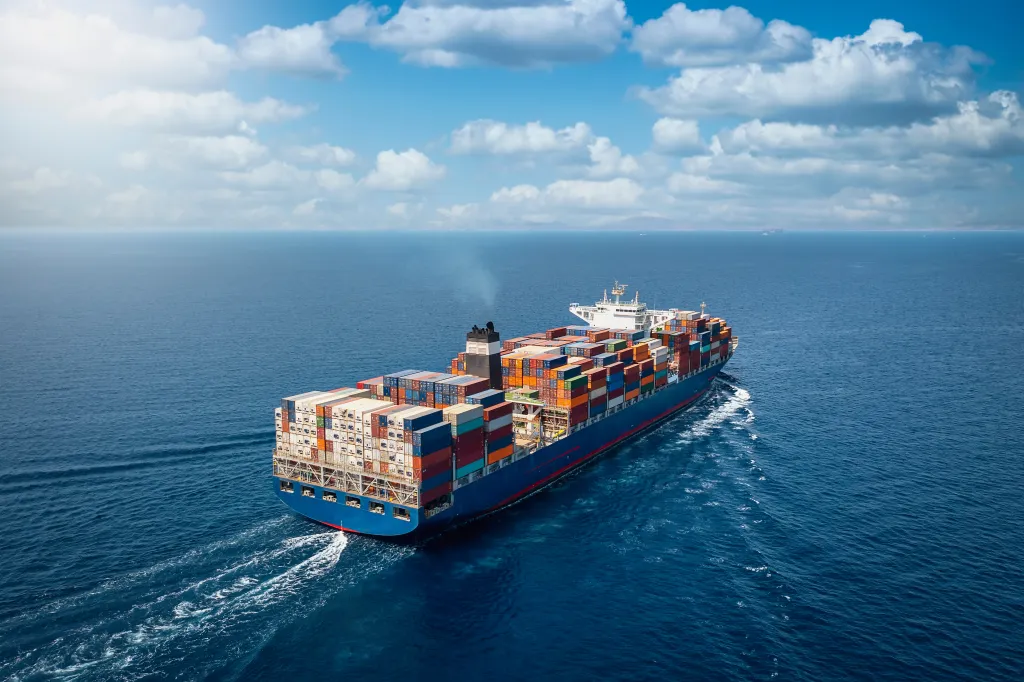The construction of the Chacao Bridge, located in the Los Lagos Region, is 58% complete and is expected to be delivered during the second half of 2028.
This was confirmed by a delegation of 30 counselors, directors, and executive team members of the Infrastructure Policy Council (CPI), led by its president Eduardo Frei, who recently visited the works.
The structure will have an approximate length of 2,750 meters – it will be the longest suspension bridge in Latin America – and once completed, it will extend Route 5, connecting the country continuously from Arica to Quellón. At the same time, it will drastically reduce the crossing time of the channel (currently by barge it takes about 30 to 40 minutes and depends on weather conditions) to just 3 minutes.
The president of the CPI and former president of the Republic, Eduardo Frei, commented that “the highway to reach Quellón is also being built here, and from there, there can be other new initiatives to incorporate both insular Chiloé and continental Chiloé into the entire continent and the entire country.”
For his part, Danilo Núñez, Undersecretary of Public Works, explained that this is “a historic milestone. We are 58% complete and everything indicates that we will continue advancing according to the schedule we have already defined for the second half of 2028, October 2028.”
The bridge will have three reinforced concrete towers, one of them located on the Roca Remolino in the center of the channel. The tallest structure will reach almost 200 meters.
The project manager, Carlos Contreras, stated that “this bridge is an engineering challenge not only for Chile and is being watched by the entire engineering community worldwide, because it is being developed in a seismic location, with adverse weather conditions, and therefore, all the progress we have made to date, the truth is, has us quite satisfied.”
Contreras detailed that, on the southern pile, in Chiloé, only two meters are left to reach the maximum height and it will be ready before the end of the year. As for the northern pile, which will be the tallest at 200 meters above mean sea level, 10 meters are left, so it is also expected to be completed this year.
“By mid-next year we should also be achieving the maximum height of the central pile. Once the three piles are finished, we can proceed with the next stages, which are the installation of the cable and the decks. The project is advancing according to the defined schedule,” stated Contreras.
In this regard, he added that the decks, which were originally 20 meters and are being manufactured in Korea, will most likely arrive as 60-meter sections, which will improve and optimize the timing.




